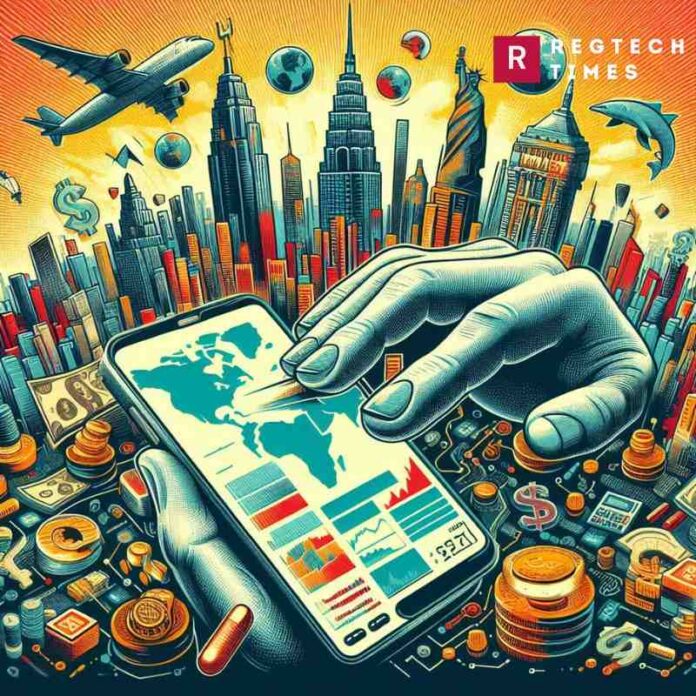What is a Fat Finger Error?
- Entering the wrong amount of a transaction
- Typing an incorrect price for a stock or security
- Mistakenly pressing a wrong button, such as “sell” instead of “buy”
Notable Examples of Fat Finger Errors
Flash crashes can be caused by human error, or so-called “fat finger” trades – a reference to someone incorrectly typing the details of a trade. Such trading errors and the flash crashes they can cause are often costly. They have triggered shake-ups of stock market rules and have even led to criminal convictions.
Citigroup’s $78 Million Fine
Recently, Citigroup faced a hefty fine of $78 million due to a trader’s mistake. The trader intended to execute a routine order to sell shares but accidentally sold a much larger quantity than planned. This “inputting error” triggered a flash crash in European stocks, demonstrating how even a single mistake can ripple through the markets, causing significant disruptions.
Citigroup Fined £61.6m for Massive Trading Error on European Exchanges
Reddit Investor’s Mistake
Derek Robinson, a 45-year-old electrician from Seattle, made a common retail investor error. While rushing to capitalize on an investment trend he’d read about on Reddit, he entered the wrong ticker symbol. Instead of buying shares of Immutep (IMMP), he bought shares of Imperial Petroleum (IMPP). While this mistake only involved $500, it highlights how easy it is for everyday investors to make similar errors.
You May Also like to Read the Book on Banking Failures
JP Morgan and JPM Co. Confusion
After JP Morgan merged with Chase Manhattan Bank in 2000, the new company’s ticker symbol became JPM. Some investors confused it with JPM Co., a manufacturer trading under JPMX. This historical example shows how ticker symbol confusion can lead to unintended investments, a risk that persists today.
Tesla and Tiziana Life Sciences
In June 2020, Evgenii Markin aimed to buy $10,000 worth of Tesla shares (TSLA) but ended up purchasing shares of Tiziana Life Sciences (TLSA) instead. Initially, both stocks were rising, but Tesla’s value later skyrocketed, making the error costly for Markin. This case underscores the importance of careful ticker verification.
Zoom Technologies and Zoom Video Communications
During the early stages of the COVID-19 pandemic, Zoom Video Communications (ZM) became extremely popular. Some investors, however, confused it with Zoom Technologies (ZOOM), leading to significant trading activity in the wrong stock. The Securities and Exchange Commission eventually suspended trading on Zoom Technologies to protect investors from further confusion.
The Impact of Fat Finger Errors
Fat finger errors, although often involving small percentages of total trades, can have significant financial implications. According to Rutgers University finance professors Vadim Balashov and Andrei Nikiforov, such errors represent about $3.5 billion a day based on current trading volumes. These mistakes can cause flash crashes, regulatory scrutiny, and substantial financial losses for both individual and institutional investors.
Fat Finger Error caused a $1.4 Billion loss in the Citi Bank case underscoring the importance of vigilance and technological investment in safeguarding against human error. As trading environments become more complex and fast-paced, the importance of addressing the fat finger problem will only continue to grow.


